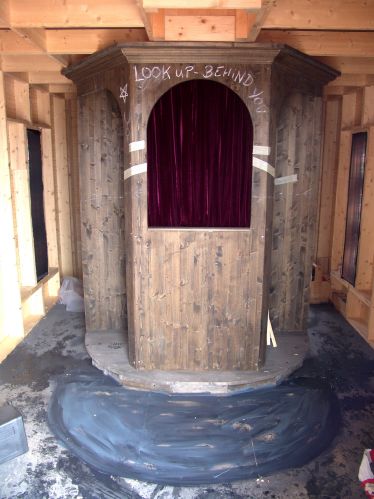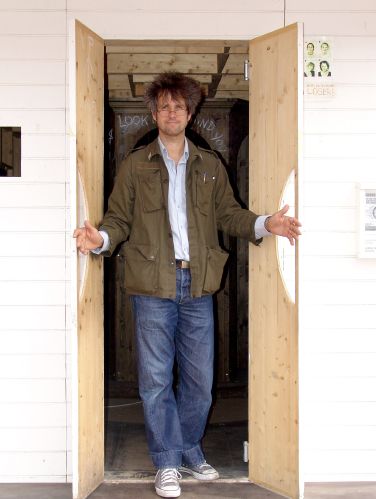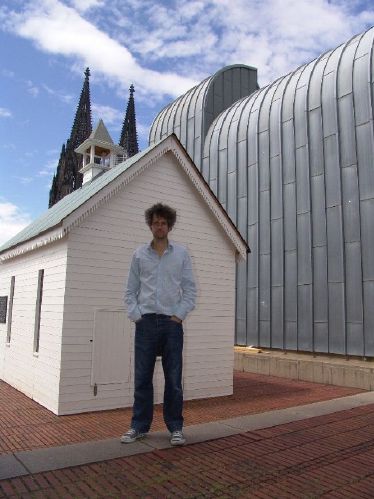| |
|
||||||||||||||||||
| |
 |
|
|
||||||||||||||||
 |
 |
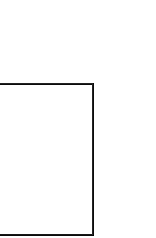 |
|
||||||||||||||||
 |
|
 |
|
||||||||||||||||
 |
|
||||||||||||||||||
 |
|
||||||||||||||||||
 |
|
||||||||||||||||||
 |
 |
 |
|
||||||||||||||||
 |
 |
|
|
||||||||||||||||
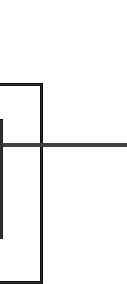 |
|
||||||||||||||||||
| |
 |
|
 |
 |
|
|
|
|
|||||||||||
| |
|
||||||||||||||||||
| |
|
||||||||||||||||||
 |
|
||||||||||||||||||
 |
|
||||||||||||||||||
 |
|
||||||||||||||||||
 |
 |
|
|
||||||||||||||||
 |
|
||||||||||||||||||
 |
|
||||||||||||||||||
| |
|
|
|
|
|
|
|
|
|
|
|
|
|
|
|
|
|
|
|
Christoph Schlingensief: Church of Fear
Museum Ludwig, Cologne
29.7 - 25.9.2005
The day I arrived in Cologne in mid-August another popular guest had just flown in. The Pope Benedict XVI made his first trip abroad to the Catholic "world youth day". A series of museums in the city had mounted religiously themed exhibitions coinciding with the event. One of them was a project by the German performance artist/ director Christoph Schlingensief entitled "Church of Fear" (COF), at the museum Ludwig's project room AC:/DC:
Due to security measures, the museum, located just next to the Cathedral (Dom), however was inaccessible. The fear of terror attacks during the pope's visit to this mass spectacle had been immanent in the German press, the protocol for the joint mass with 800.000 pilgrims from around the world exercised for more than a year.
Instead of fighting my way through the pilgrims I decided to rest in a Brazilian bar nearby the Cathedral (Dom), observing volunteers and ushers rushing around pilgrims carrying crosses or their respective countries flag. Church bells were ringing all over the place, mixed with the sound of police sirens and helicopter noise.
During my last day in the region I managed to get closer to Schlingensief´s "Church of fear". The church was founded during a ceremony on the 20.03.2003 in Iceland and premiered to the public during the Venice Biennale the same year. It is a community of non-believers, the sole principle being the "profession of one's own fear - i.e. the fear of growing old, fear of death, terror or of betrayal." Schlingensief and his eight co-founders fight against the instrumentalisation of weakness and pain, frustration and hysteria and try to establish a community away from traditional believe systems like religion, TV priests and other prophets.
The negation of ideologies or politics is a central theme to the church like the "production of strength and power" through the acknowledgement of fear. This is what protagonist Schlingensief proclaimed in a video greeting visitors to the wooden chapel on Museum Ludwig's roof: "Say yes to fear - Fear is power" and then reassuringly "Have fear!". Instead of a bell in the church tower a loudspeaker was spreading COF propaganda. Inside the church a confessional with two letterbox-like slots hosted a TV screen with live streaming from outside the Cathedral (Dom). When I visited the grainy image looked like CCTV footage of the pilgrims to the "world youth day".
Like every proper church, the COF had a box for donations and visitors could pick up leaflets with more information on how to become a member of the Church of Fear. The artist's work was thus intended to continue in the smaller communities and in the private sphere.
In contrast to the pilgrims who came to find abolition from the pope, to manifest conservative values and gain motivation for a life according to Christian values, the visitors to the COF are supposed to reflect on their fear, to learn living with fear and to understand that there is a gap between systems of believe founded on confession and hope and the markets based on facts and figures.
Unfortunately Schlingensief´s project did not convince visitors neither to engage actively with the COF nor that an end to the popes legacy and the neo- conservative era in the catholic church would be a huge leap in the emancipation of post-modern mankind.
To uncover fear in interpersonal relations (i.e. conversations) and to "fear offensively" rather than searching for eternity could therefore be the only mission this project fulfilled in Cologne.
Tobi Maier
images : www.churchoffear.net
Tobi Maier is a curator, critic and broadcaster based in London
